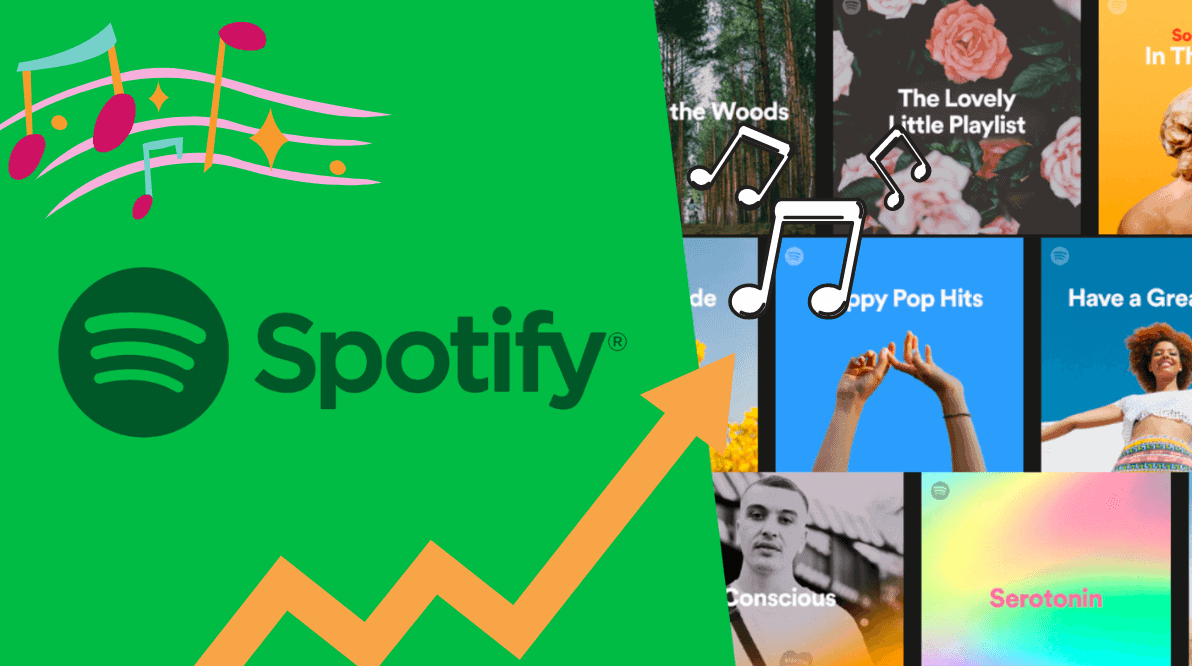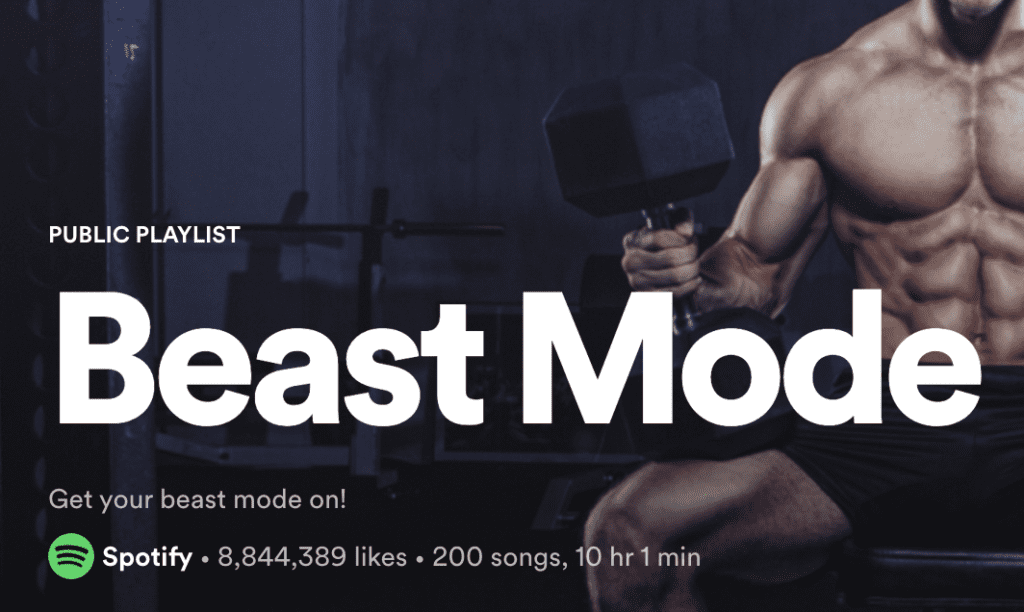In recent years, streaming has played a significant role in connecting music and culture worldwide. A key avenue through which fans discover new artists is the playlist on Spotify. But how exactly do these playlists facilitate the discovery of artists? Let’s take a closer look to find out!
Spotify playlists can be categorized in three ways:
- Crafted by Editors: These playlists are put together by Spotify’s team of editors. They feature popular playlists from around the world and specific regions, such as Today’s Top Hits and Pollen.
- Customized for You: These playlists are generated using algorithms. Examples include Discover Weekly and Release Radar. Based on their musical preferences and various signals, Spotify personalizes them for each listener.
- Crafted by You: Enthusiastic fans who actively engage in discovering new music create these playlists. They curate tracks to share with other fans, rather than simply waiting for new releases.
1. Spotify playlists are available worldwide
Spotify operates in over 180 markets worldwide, creating a connected playlist ecosystem spanning various genres and regions. Alongside well-known global playlists, there are thousands like African Heat, MANSIÓN REGGAETÓN, and K-Pop ON!, spotlighting regional and local music scenes.
This structure constitutes the Playlist Pyramid, starting with niche local playlists and extending to prominent global ones. At the apex sits Today’s Top Hits, the largest playlist. Artists often begin their playlist journey with local playlists, attracting dedicated fans seeking new music. Successful tracks progress through larger regional playlists and may even undergo international testing. Continual resonance can lead to inclusion in global playlists such as Rap Caviar, Viva Latino, and Mint. Exceptionally popular songs may eventually earn a spot in Today’s Top Hits.
2. Spotify playlists are carefully selected and organized
A blend of the editorial teams’ cultural insight, enthusiasm, and expertise, along with the diverse data insights collected from Spotify’s audience, influences placements on editorial playlists. The playlist submission tool serves as the initial step for all songs. Additionally, Global Curation Groups, which stay updated with trends and discussions, can shape the outcomes of a song’s progression within the editorial ecosystem.
For artists seeking to comprehend the pitching process better, the panelists shared several recommended strategies:
Pitch Pre-Release:
The most effective method to pitch new music is through Spotify for Artists’ playlist submission tool. To ensure optimal playlist consideration, whether editorial or algorithmic, it’s advisable to pitch the song at least seven days before its official release.
Provide Comprehensive Information:
Adding context enhances the chances of a song’s placement. Details about collaborators, production timeline, location, press coverage, music video plans, release schedule, promotions, and links to social media accounts in your artist profile are valuable. If there’s an intriguing backstory about you or the song, don’t hesitate to share it.
Think Globally:
When pitching a song, remember that it’s visible to editors worldwide, who continually exchange their discoveries. If you believe your song will resonate beyond your home market, suggest those regions to increase its visibility.
Engage Your Audience:
Post-release, engagement with your audience matters. Editors consider broader data signals to identify resonating songs. Encouraging your listeners to stream your tracks can build momentum and capture editors’ attention.
However:
Avoid Payment for Placement:
Official Spotify playlists cannot be accessed through payment. Any offer of playlist placement in exchange for money from third parties is against Spotify’s promotional guidelines. Such manipulative services are discouraged and may lead to the removal of user-generated playlists.
Exclusive Pitching via Spotify for Artists:
Editors use the playlist submission tool in Spotify for Artists as the exclusive platform to discover new music. It’s the direct route to showcase your music to Spotify’s editorial team.
3. Spotify playlists can be customized
One of Spotify’s most beloved features is personalization. It uses various cues to match the right song with the right listener at the right time. Personalized playlists include favorites like Discover Weekly and Release Radar, as well as others like Blend and Daily Mix. There are also playlists such as Beast Mode and Songs to Sing in the Shower. Although personalized for every listener, Spotify’s editors curate them from a broader selection of tracks.
Interestingly, about one-third of all new artist discoveries on Spotify happen through these personalized playlists. This also helps artists gain more future streams from new fans. If artists submit their pitch using the playlist submission tool at least seven days before their release, it increases the chances of their new music appearing in listeners’ Release Radar playlists.
4. Fans and artists create Spotify playlists
Most of Spotify’s streams come from active engagement. Fans actively search for music by visiting album pages, artist profiles, and liked songs. This also includes streams from listener-created playlists. These playlists signal to Spotify and other fans what songs or artists are worth noticing. Artists can also connect with fans by curating playlists featuring their own music or tracks from artists they admire or have collaborated with. This not only gets the attention of editors analyzing streaming data but can also lead to visibility on other artists’ profiles.
5. Spotify playlists endure
Spotify playlists blend the latest hits with timeless classics, thanks to the significant presence of catalog music—tracks that are over 18 months old—on the platform. According to the Catalog Fan Study, around 75% of active streams are from catalog music. It’s interesting to note that younger audiences are showing an increasing attraction to catalog music, as they explore artists from past generations for the first time.
Though artists can’t directly pitch catalog music, the editors continuously analyze data to identify fitting catalog songs for editorial playlists. Notably, if a catalog song from an artist goes viral on a playlist, the impact is substantial: Artists typically experience a remarkable 70% surge in streams for their remaining music.
Conclusion
It’s evident that playlists are essential for fans to discover new artists and for artists to engage with these new fans. Spotify will continue to leverage its playlist system to support artists as they progress on their musical journey.



